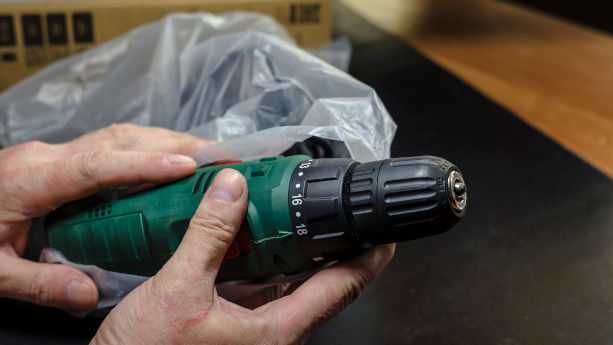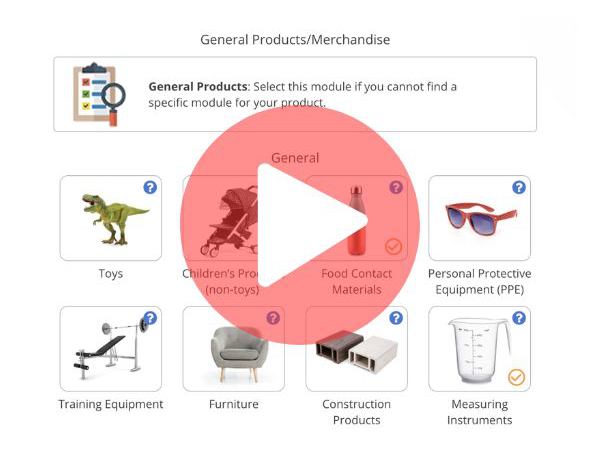
Power tools imported and manufactured for sale in the United States are subject to various compliance requirements, covering standards, labeling, and safety testing. Ensure compliance is of utmost importance, as unsafe power tools can cause property damages, severe injury or even death.
In this guide, we explain how OSHA standards, UL standards, and regulations such as RoHS and the Hazardous Materials Regulations are relevant to power tools in the US.
Continue reading Power Tool Regulations in the United States: An Overview






















 Create compliance checklists for your product (US, EU & UK)
Create compliance checklists for your product (US, EU & UK) 20+ product certificate templates
20+ product certificate templates Create label files
Create label files Book product testing
Book product testing